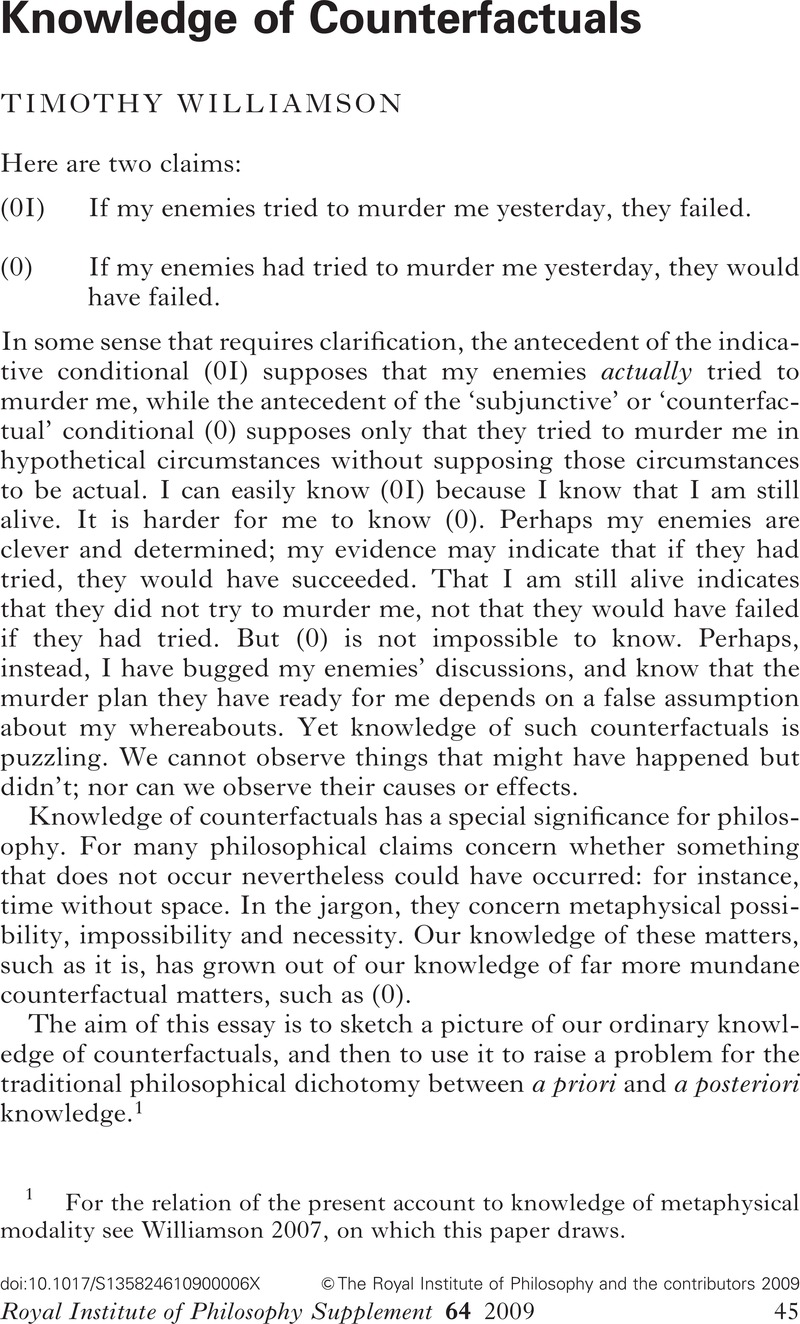Crossref Citations
This article has been cited by the following publications. This list is generated based on data provided by Crossref.
RADICK, GREGORY
2016.
Presidential address: Experimenting with the scientific past.
The British Journal for the History of Science,
Vol. 49,
Issue. 2,
p.
153.
Hol, Bjørn
and
Solberg, Carl Tollef
2023.
Epicurean Priority-setting During the COVID-19 Pandemic and Beyond.
De Ethica,
Vol. 7,
Issue. 2,
p.
63.


